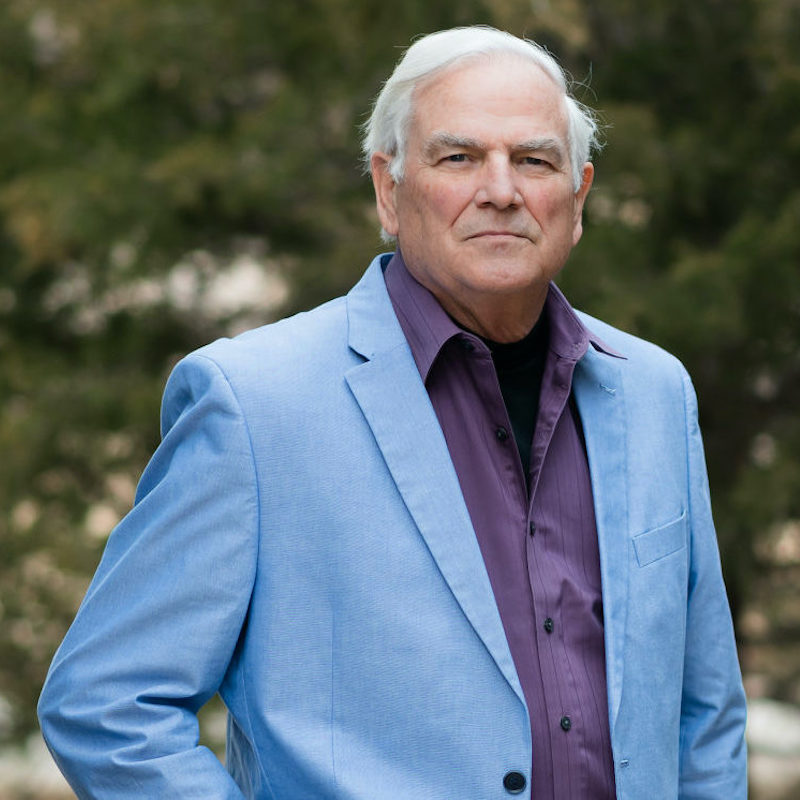Audiologists know that many people suffer from Tinnitus every day. Historically, it was a problem for Joan of Arc, Ludwig von Beethoven, Charles Darwin, Vincent Van Gogh, Michelangelo, and many other famous and not so famous people. Our quest in this series is to look at tinnitus and its treatment with Homeopathic Medicine. This week’s Hearing International will review the actual track record of Homeopathic Medicine and its ability to treat disease in general.
As noted last week, Homeopathy has been widely used in India, England, and other European countries, but is still among the fringe treatments in the United States, where it is viewed skeptically.
Throughout history, homeopathic treatments have been widely utilized by consumers and medical practitioners to promote overall health and address various chronic conditions such as allergies, atopic dermatitis, rheumatoid arthritis, and irritable bowel syndrome. However, it is important to note that in countries where homeopathy is prevalent, it is not typically recommended for serious illnesses like cancer, heart disease, major infections, or emergencies.
Because homeopathic remedies were actually less dangerous than those of 19th century medical orthodoxy, many medical practitioners began using them then. At the turn of the 20th century, homeopathy had about 14,000 practitioners and 22 schools in the United States. But as medical science and medical education advanced, homeopathy declined sharply in America, where its schools either closed or converted to modern methods. The last pure homeopathic school in this country closed during the 1920s.
Let’s take a few lines to examine some of the references and review the thoughts on whether these treatments are actually effective or if they are generally a hoax.
Homeopathic Treatments… Are They Effective?
 Why has homeopathic medicine not taken off in the US and some other countries? Barret indicates that Dr. Samuel Hahnemann and his early followers did not necessarily do research on these treatments as we know it today, but they conducted what were and still are called “provings”.
Why has homeopathic medicine not taken off in the US and some other countries? Barret indicates that Dr. Samuel Hahnemann and his early followers did not necessarily do research on these treatments as we know it today, but they conducted what were and still are called “provings”.
In provings, herbs, minerals, and other substances are administered to healthy people, including the provers themselves, and detailed records are kept on the outcome.
Hahnemann and other homeopaths compiled these records into lengthy reference books called materia medica, which are used to match a particular patient’s symptoms with a corresponding drug. The current (ninth) edition of Homeopathic Pharmacopia describes how more than a thousand substances are prepared for homeopathic use. The basis for inclusion in the Homeopathic Pharmacopeia, however, was not modern scientific testing as we know it today, but the homeopathic “provings” conducted during the 1800s and early 1900s. These provings do not identify the symptoms or diseases for which homeopathic products should be used. That is decided by the practitioner (or manufacturer of the particular remedy).
The fact that substances listed in the Homeopathic Pharmacopeia are legally recognized as “drugs” does not mean that either the law or the U.S. Food and Drug Administration (FDA) recognizes them as effective.
Barrett feels there are four things clear about the first provings:
- They were derived from Hahnemann’s studies and detailed knowledge of drugs in use at the time.
- As the “provings” evolved empirically Hahnemann must have become acutely aware that the number and diversity of symptoms produced by a drug were much greater than the clinical records had initially suggested.
- He involved members of his family and circle of close friends from an early stage, stating that “the family…and every free moment of every one of them, from the oldest to the youngest, was made use of for the testing of medicines and the gathering of the most precise information on their observed effects.”
- Hahnemann realized that the instructions to “provers” needed to involve them in the recording of everything, every subtle change in their psycho-physical totality and consciousness and not just the main physical symptoms. Hahnemann cites “pure experiment, careful observation and accurate experience,” as the sole determining factors that can generate any authentic medical theory.
What is a Disease… A Different View?
Dr. Hahnemann declared that diseases represented a disturbance in the body’s ability to heal itself and that only a small stimulus was s required to begin the healing process. He also claimed that chronic diseases were manifestations of a suppressed itch (psora), a kind of miasma or evil spirit. At first, he used small doses of accepted medications. But later he used enormous dilutions and theorized that the smaller the dose, the more powerful the effect—a notion commonly referred to as the “law of infinitesimals.”
That, of course, is just the opposite of the dose-response relationship that pharmacologists have demonstrated and is in use today.
Unimpressive “Research”
Since many homeopathic remedies contain no detectable amount of any ctive ingredient, it is impossible to test whether these remedies actually contain what their label says. Unlike most potent drugs, they have not been proven effective against disease by double-blind clinical testing. In fact, according to Barrett, the vast majority of homeopathic products have never even been tested; proponents simply rely on “provings” to tell them what should work.
In 1990, an article in Review of Epidemiology analyzed 40 randomized trials that had compared homeopathic treatment with standard treatment, a placebo, or no treatment. The authors concluded that all but three of the trials had major flaws in their design and that only one of those three had reported a positive result. The authors concluded that there is no evidence that homeopathic treatment has any more value than a placebo.
In 1994, the journal Pediatrics published an article claiming that homeopathic treatment had been demonstrated to be effective against mild cases of diarrhea among Nicaraguan children. The claim was based on findings that, on certain days, the “treated” group had fewer loose stools than the placebo group. However, the article concluded that the study used an unreliable and unproved diagnostic and therapeutic scheme, there was no safeguard against product adulteration, treatment selection was arbitrary, the data were oddly grouped and contained errors and inconsistencies, the results had questionable clinical significance, and there was no public health significance because the only remedy needed for mild childhood diarrhea is adequate fluid intake to prevent or correct dehydration.
In 1995, Prescrire International, a French journal that evaluates pharmaceutical products, published a literature review that concluded:
As homeopathic treatments are generally used in conditions with variable outcome or showing spontaneous recovery (hence their placebo-responsiveness), these treatments are widely considered to have an effect in some patients. However, despite the large number of comparative trials carried out to date there is no evidence that homeopathy is any more effective than placebo therapy given in identical conditions.
Next week at Hearing International we will review what the US Food and Drug Administration thinks about Homeopathy and begin our review of the use of these methods for tinnitus treatment.
 Robert M. Traynor, Ed.D., is a hearing industry consultant, trainer, professor, conference speaker, practice manager and author. He has decades of experience teaching courses and training clinicians within the field of audiology with specific emphasis in hearing and tinnitus rehabilitation. He serves as Adjunct Faculty in Audiology at the University of Florida, University of Northern Colorado, University of Colorado and The University of Arkansas for Medical Sciences.
Robert M. Traynor, Ed.D., is a hearing industry consultant, trainer, professor, conference speaker, practice manager and author. He has decades of experience teaching courses and training clinicians within the field of audiology with specific emphasis in hearing and tinnitus rehabilitation. He serves as Adjunct Faculty in Audiology at the University of Florida, University of Northern Colorado, University of Colorado and The University of Arkansas for Medical Sciences.
**this piece has been updated for clarity. It originally published on January 23, 2013







The proper way to exit a bed upon waking is to roll onto your side and use your arm to push up from the side-lying position. From this position, scoot to the very edge of the bed and get up using your legs, not your back. Most people will perform a sit-up from the back-lying position, and then twist to get out of bed. This latter method is a great way to hurt your spine.